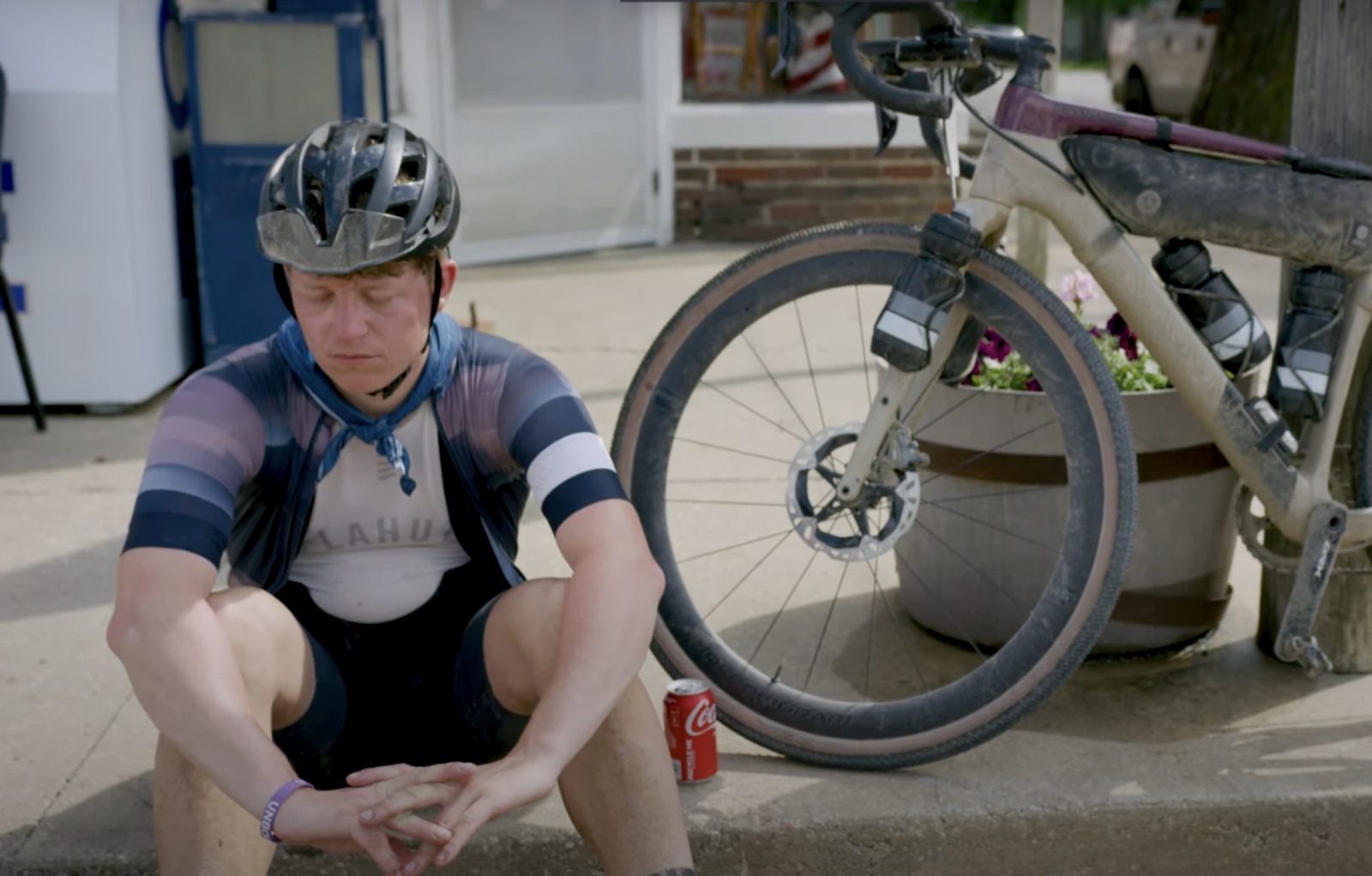With timed segments, Stuckey’s Gravel Roll events seek to balance pro cycling with gravel’s adventurous roots.
In May 2022, more than 200 cyclists lined up for The Valley of the Giants, the first of three Stuckey’s Gravel Roll events planned this year. Participation had already nearly doubled from the event’s inaugural race in 2021.
The race involved 94 miles of riding through beautiful Georgia countryside and more than 10,000 feet of climbing. As the race started, event founder Rob Evans noticed an interesting pair of riders: a professional cyclist in full Lycra next to “a guy in shorts and a T-shirt with a city bike.”
“That juxtaposition sums up what we’re trying to create,” said Evans, who founded Cycling Quests to create and manage events like the Stuckey’s Gravel Roll.

With his lengthy background in competitive cycling and event management, Evans believes that cycling events could use more inclusivity.
Many non-professionals want to participate in races without feeling the pressure to compete against elites. With timed-segment races similar to enduro events, Evans said gravel racing has the potential to attract new riders to the sport.
“What we want to do is bring it back to friends getting to enjoy the experience without feeling like they’re holding each other back,” he said. “I think our format for events really gets us back to that.”

Gravel’s Past — And Future











